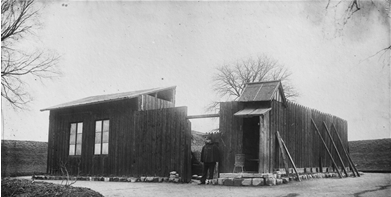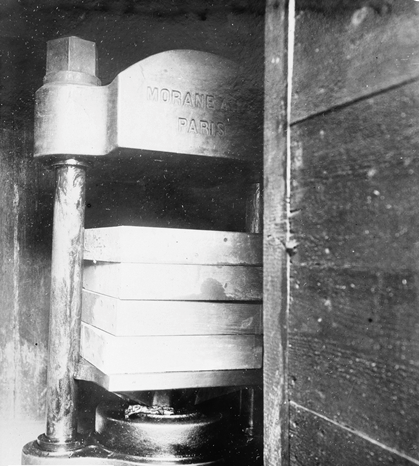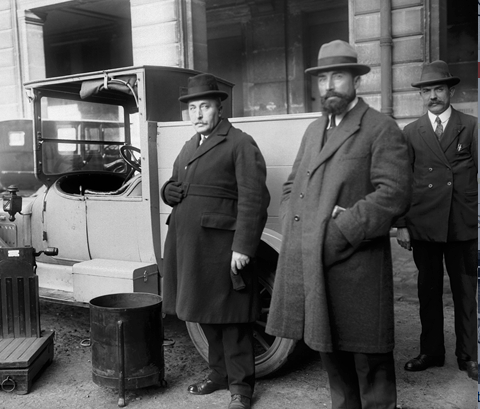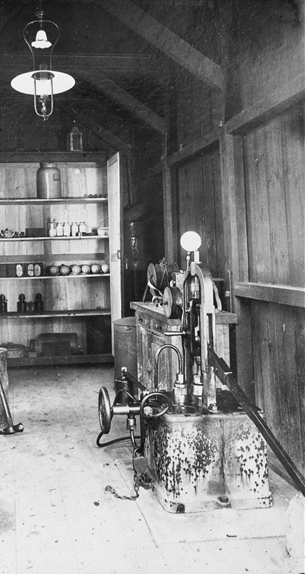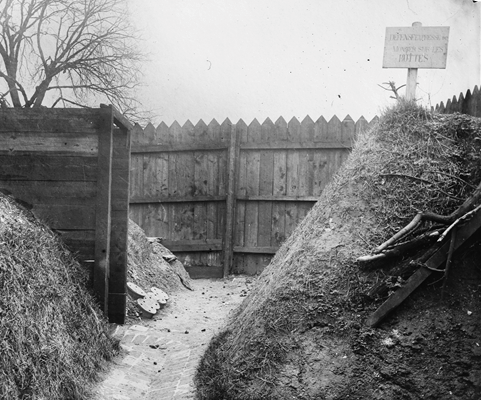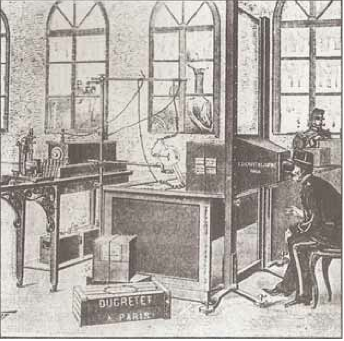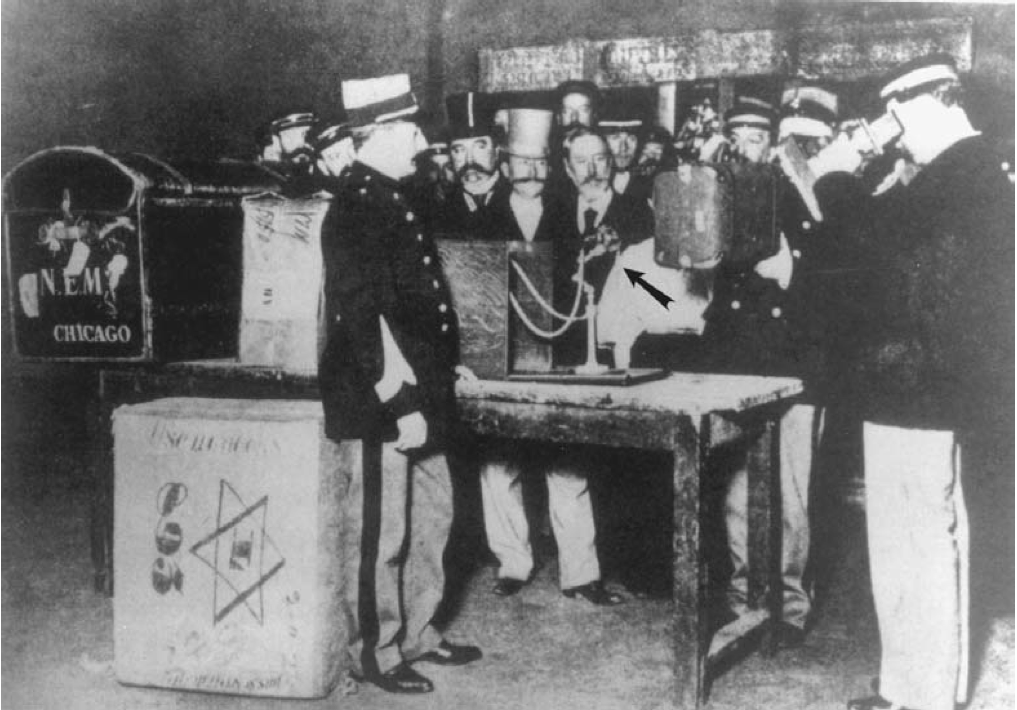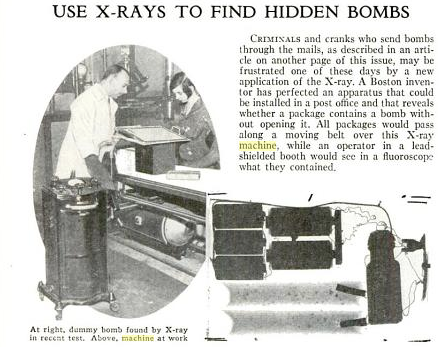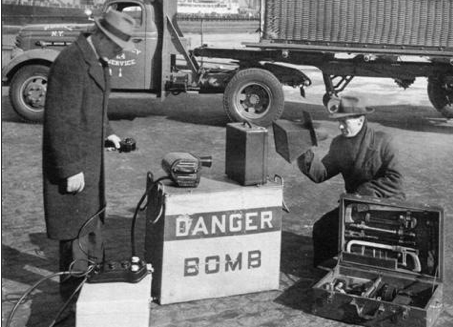I have blogged before at an IED disposal system and associated organisation set up in Paris, France in the late part of the 19th century. In my earlier blogs I have discussed the “containment vehicle” used to transport suspect IEDs to one of four disposal sites set up around Paris, and the use of hydraulic presses to dismantle IEDs once taken thefre.
I have recovered a little more detail about both, in some reports written by Colonel Majendie, the British explosives expert, who visited Paris in early 1894 and considered the techniques being used , adapting some for use in London.
Firstly the vehicle and containment system, originally material posted here. Here now is Majendie’s description:
The bomb is deposited on a quantity of wood shavings or similar elastic material in the body of the phaeton….At one time the idea was entertained of constructing a bomb proof cart for this purpose – or at any rate a cart by which by mans of iron shields would prevent the lateral dispersion of fragments should the bomb unfortunately explode in transit. But the idea was abandoned in view of the fact that infernal machines in some cases contained very large charges of explosives (e.g the machine which exploded at the Rue de Clichy contained between 50 and 60 lbs), and of the considerations, 1st. that the cart which would resist the explosion of such a charge would be proportionally inconvenient to bring into action, besides attracting much attention… and that in the event of a bomb containing a charge in excess of what the cart was calculated to resist exploding therein, the iron and stout structure of the cart itself would probably seriously aggravate the effect.
Majendie goes on to discuss that the presses available at each of the four disposal sites (which are pictured i the earlier post referenced above) which often succeeded in dismantling the IEDs without them exploding, but on occasion when an explosion did occur, its effect was usually “greatly diminished” by cracking of the outer shell. Interestingly Majendie also reported three other techniques used during EOD operations:
a. Sometimes small dynamite charges were used to open the container of a bomb.
b. The French also used a mechanical device with three movable arms, or “holders” into which IEDs of different sizes can be fixed and lowered into a bath of mercury. Some devices were sealed with the use of solder and by immersing that part in mercury, for about 24 hours, caused the tin in the solder to dissolve breaking any soldered seal.
c. if the team attending the site of an incident felt it too dangerous to move they would “blow in place”. Majendie disagreed with this approach and recommended a degree of risk to avoid inadvertently seconding and supplementing the anarchist’s intentions.
As a result of the visit, Majendie developed the small, light handcart for transporting devices, that I showed in an earlier post here. The first of London’s disposal facilities was set up in 1894 on Duck Island , with others planned at Hyde Park, the Tower of London and in some circumstances a facility at Woolwich. Later, in 1895, a truck was provided for transporting devices to the disposal facility by the War Office. Two years later in 1896, the French authorities were using the first X-ray imaging systems to examine suspect IEDs.

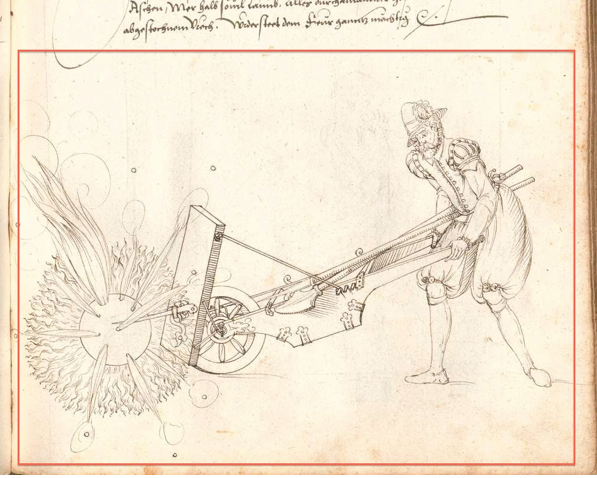
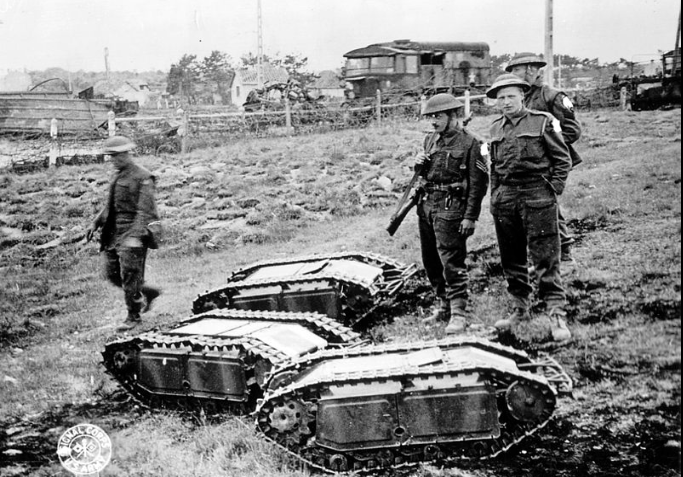
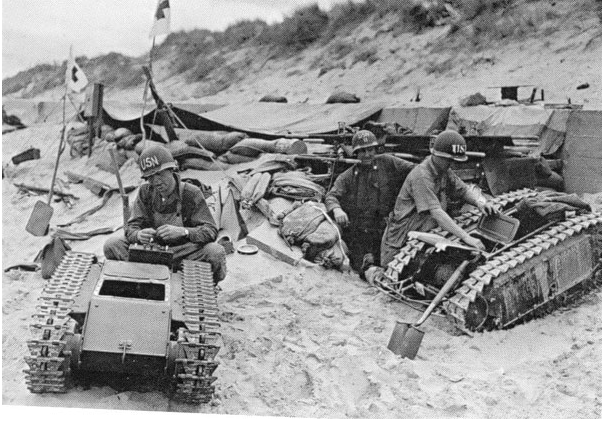
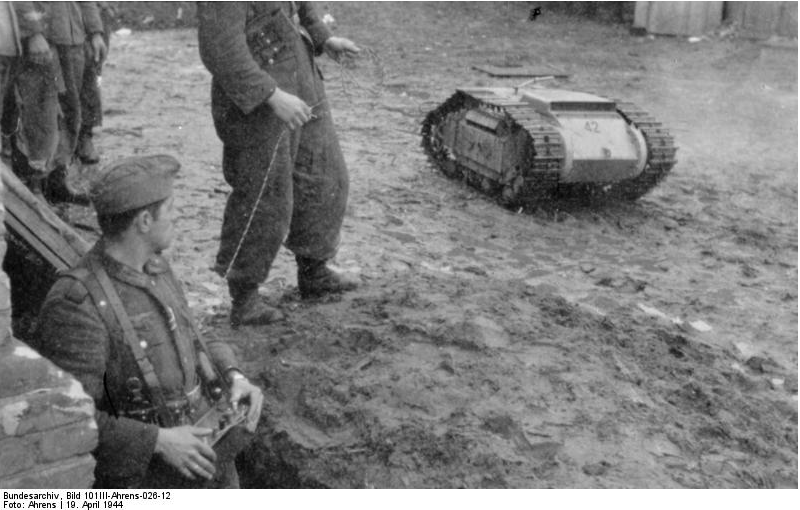
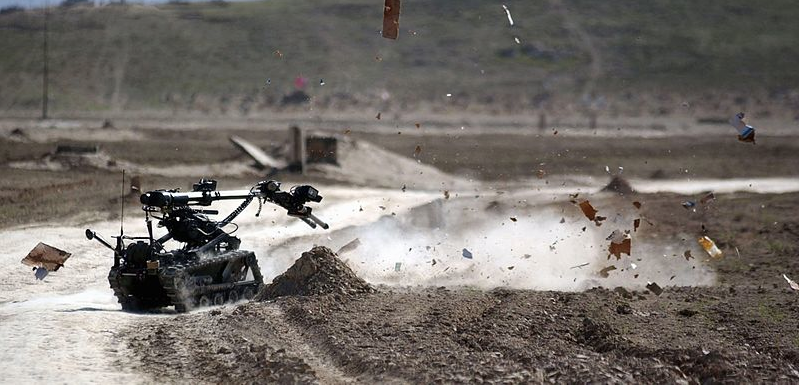
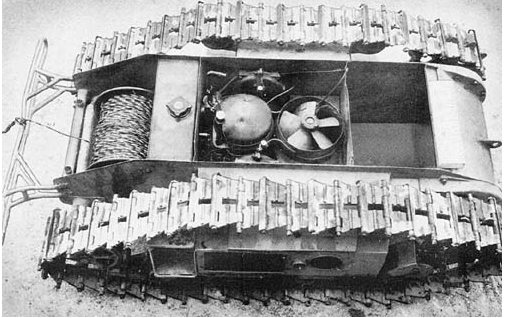
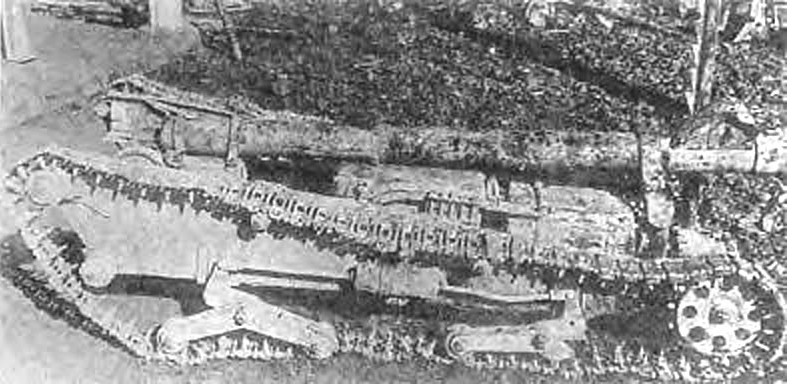
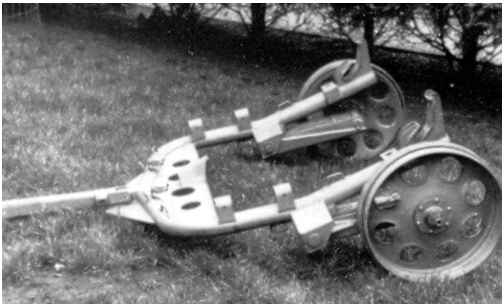
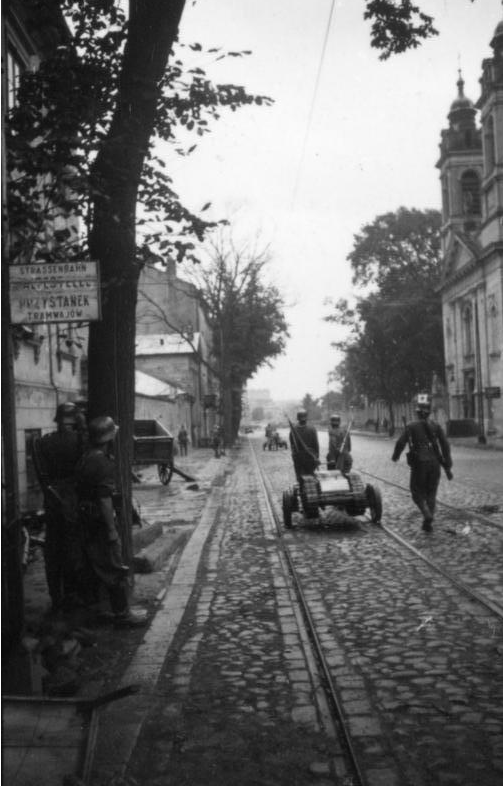
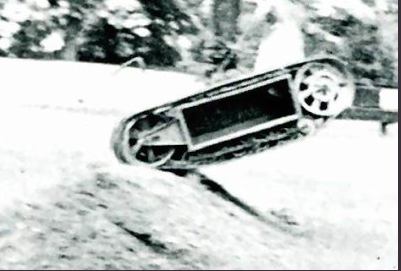
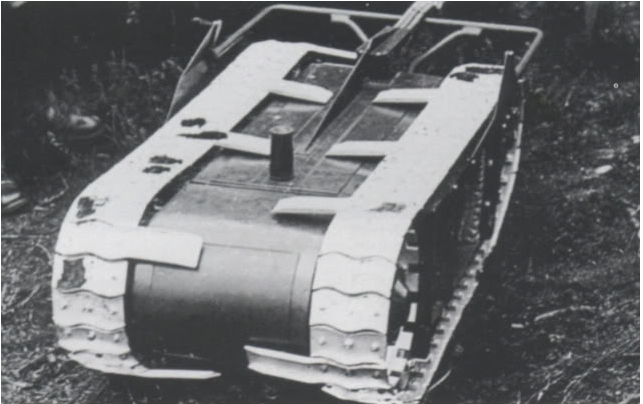
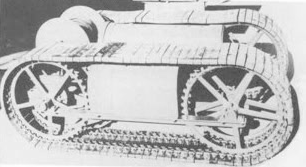
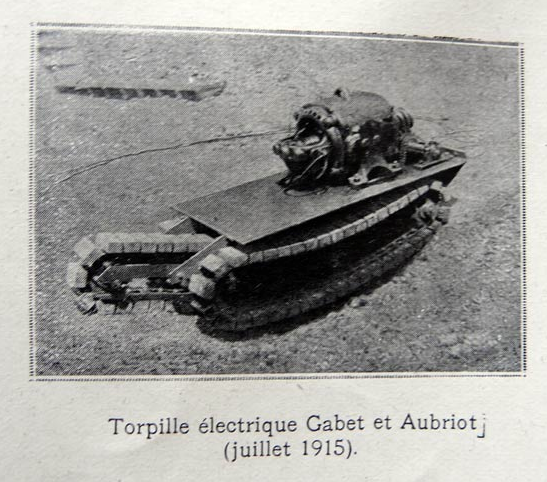
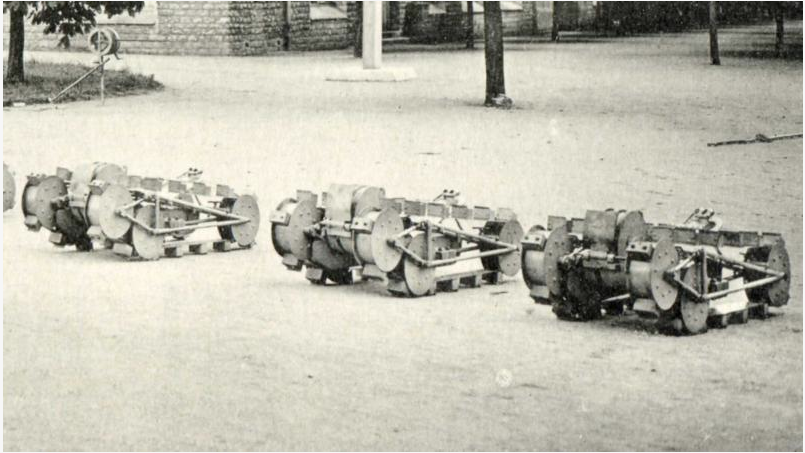
 Roger Davies
Roger Davies